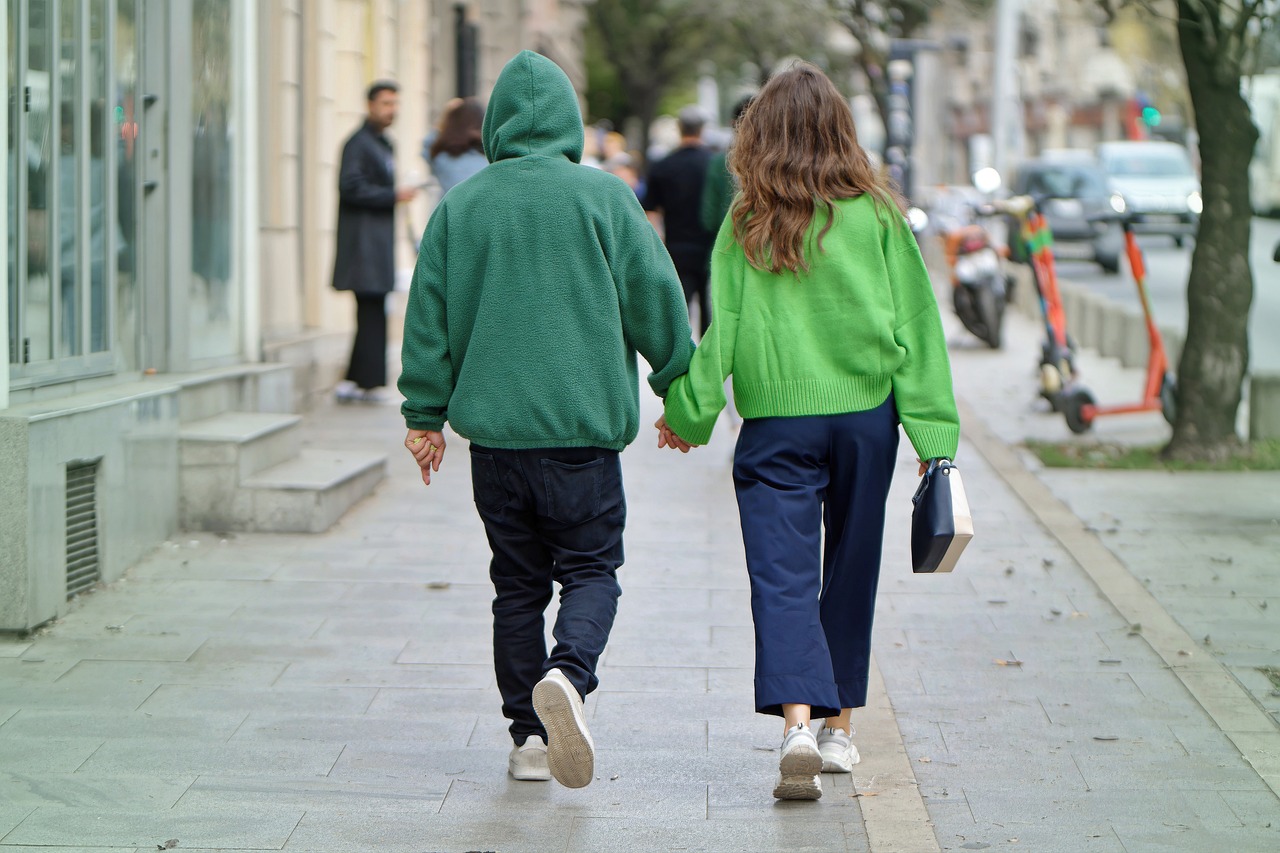The Psychology of Color: How it Influences Mood and Behavior
Colors have a powerful effect on our emotions and perceptions. Different colors can evoke various feelings and responses due to their psychological associations. Red, for example, often symbolizes passion, energy, and excitement, while blue is typically associated with calmness, trust, and stability. These innate connections between colors and emotions are deeply rooted in our cultural, biological, and personal experiences.
Furthermore, the way colors are used in combination can also influence our emotional responses. Complementary colors, such as blue and orange, create a dynamic contrast that can evoke feelings of balance and harmony. On the other hand, analogous colors, like red and orange, tend to create a sense of unity and coherence. By understanding how colors interact and the emotions they elicit, designers and marketers can strategically utilize color to communicate effectively and resonate with their target audience.
The Impact of Color on Consumer Behavior
Color plays a crucial role in influencing consumer behavior, often affecting perception and decision-making in subtle yet significant ways. When it comes to branding and marketing, the choice of color can evoke specific emotions and associations that ultimately impact how a product or service is perceived by consumers.
For instance, warm colors like red and orange are often associated with energy, excitement, and urgency, making them effective for creating a sense of urgency or promoting impulse purchases. On the other hand, cool colors like blue and green are often associated with trust, calmness, and reliability, making them ideal for building a sense of trust and security in consumers. By understanding the psychology of color and its impact on consumer behavior, businesses can strategically leverage color to enhance brand perception and drive purchasing decisions.
How do certain colors evoke specific emotions in consumers?
Certain colors have been shown to evoke specific emotions based on cultural and psychological factors. For example, red is often associated with passion and excitement, while blue is associated with calmness and trust.
How does color impact consumer behavior?
Color can impact consumer behavior in various ways, such as influencing purchasing decisions, brand perception, and overall mood. Businesses often use color psychology to create a specific atmosphere and evoke certain emotions in their target audience.
Can color influence brand loyalty?
Yes, color can influence brand loyalty by creating a strong association between a specific color and a brand. Consistent use of color in branding and marketing can help consumers recognize and remember a brand more easily, leading to increased brand loyalty.
Are there universal meanings associated with colors?
While some colors may have universal meanings (e.g., red for danger, green for nature), the interpretation of color can also vary based on personal experiences and cultural backgrounds. It’s important for businesses to consider their target audience’s cultural context when using color in branding and marketing.
How can businesses leverage the impact of color on consumer behavior?
Businesses can leverage the impact of color on consumer behavior by conducting research on color psychology, understanding their target audience’s preferences, and strategically incorporating color into their branding, packaging, and marketing materials. By using colors that align with their brand values and messaging, businesses can effectively influence consumer behavior.





